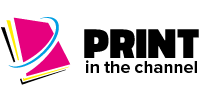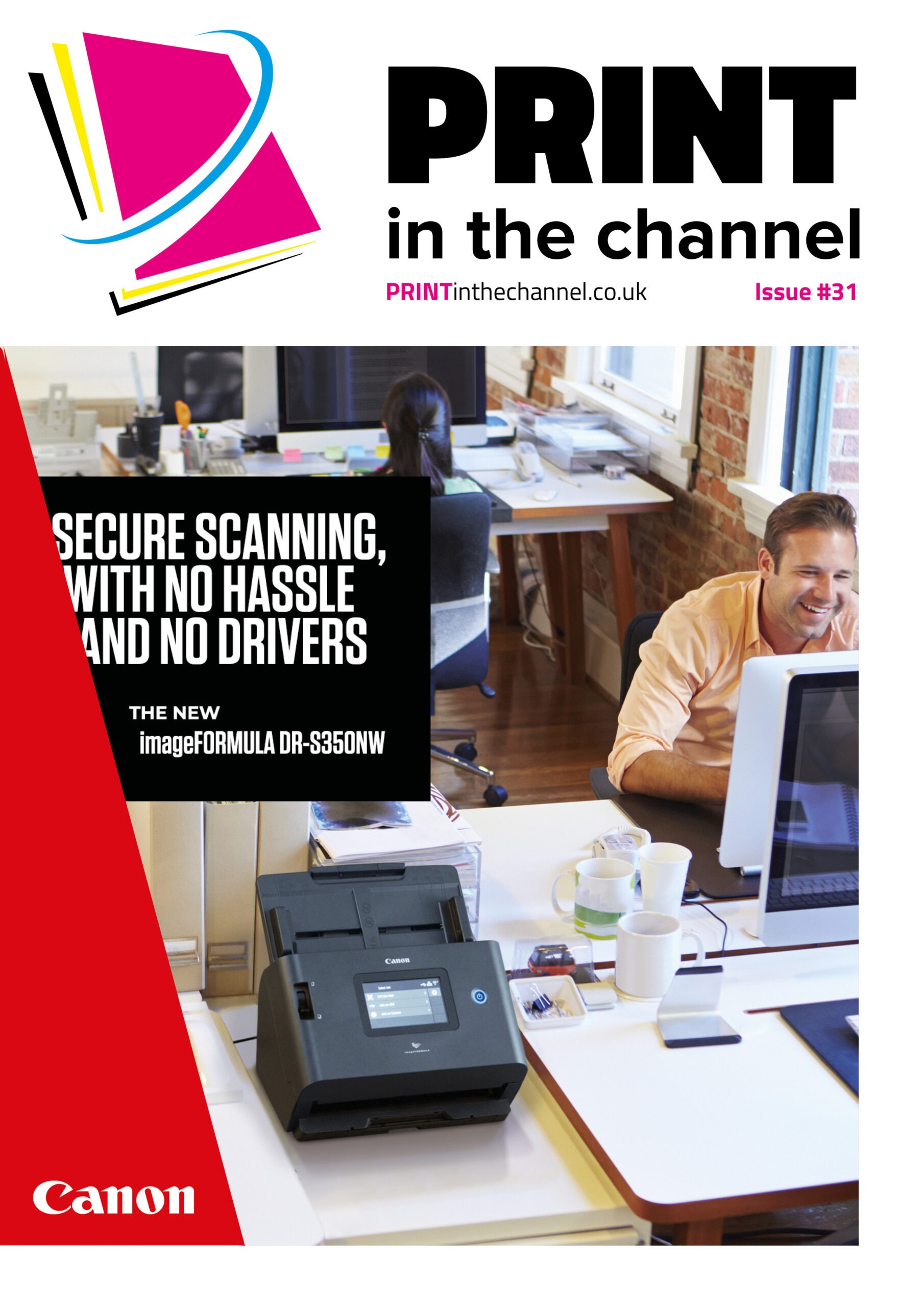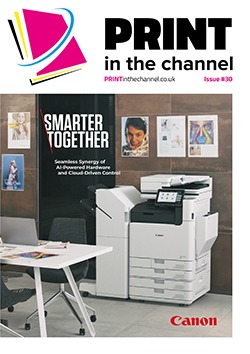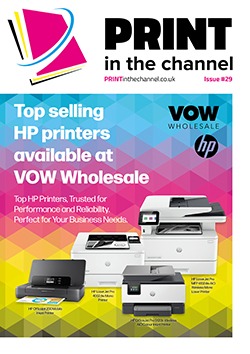With healthcare organisations looking to improve efficiency to help bring waiting lists down, many are now embracing digital technology to do this, including mobile print solutions, which means there are growing opportunities for resellers.
Bringing waiting lists down is a key goal for the NHS, which means that healthcare organisations are looking for ways to increase efficiency, including using technology to help healthcare professionals to spend more time on clinical duties.
Increasingly, mobile print solutions are being brought in by healthcare organisations to help with this goal. “The need for efficient healthcare has driven the requirement for mobile and accessible medical equipment, with mobile battery powered medical workstations that can access electronic health records, these mobile workstations not only carry PCs, monitors, barcode scanners and mobile printers, but things essential for patient care like patient prescriptions, with a mobile printing solution, total patient care can be administered at the bedside, in A&E waiting rooms or wherever patients may be for triage,” explains Deyon Antoine, marketing manager at Toshiba Tec.
Harriette Wysocki, country manager UK at Jarltech, adds that the company is seeing a marked increase in demand for mobile print solutions within healthcare environments. “With hospitals, clinics and care facilities under immense pressure to enhance efficiency and streamline workflows, mobile printing has become a vital component of operational agility,” she says. “These solutions are no longer seen as optional add-ons, but rather as essential tools that support real-time information processing and reduce errors in fast-paced medical settings.
“Mobile print solutions in healthcare are primarily used for on-the-go labelling – whether it’s printing wristbands for patient ID, specimen labels in pathology, or medication labels at the bedside. This mobility allows clinicians and support staff to print directly where care is delivered, which not only increases accuracy but also reduces the risk of mistakes and enhances patient safety.”
Deyon adds that mobile print solutions can also be beneficial to phlebotomy departments. “They can be used for labelling blood samples and in some cases for blood bag labelling, as well as supporting patient admittance in A&E for printing patient wristbands, the advantage is they can be deployed anywhere on demand,” he says
Simon Brennan, senior business manager – Specialist Printing Solutions at Brother UK, says that mobile print solutions can be used for on-demand patient wristband printing, through to request forms, prescription labels and 2D barcodes. “These are vital in ensuring patients, their medical records and medication are easily identifiable – saving time and avoiding errors that can arise from handwritten labels, such as misspelt names or illegible patient numbers,” he says.
Trends
There are several clear trends from healthcare organisations currently regarding their demands for their mobile print solutions. “A clear trend we’re noticing is the growing demand for compact, lightweight devices that can withstand rigorous healthcare environments,” says Harriette. “Devices must be easy to sanitise, integrate seamlessly with hospital information systems, and offer wireless connectivity like Bluetooth or Wi-Fi. Battery life and durability are also key priorities, as devices are often used across long shifts and need to perform reliably in varied conditions.”
Deyon agrees that customers want mobile printers that are compact, lightweight, battery powered and capable of lasting for an entire shift. “Bluetooth and Wi-Fi are also essential communication methods dependent upon medical solution,” he says. “For example, Wi-Fi for connection to network infrastructure and Bluetooth for peripheral connection to things like barcode scanners.
“Flexibility with media sizes means printers should have multiple uses i.e. from printing patient wristbands to labels for blood samples and medication labelling all from a single device.”
Simon adds that accuracy is essential, but infrastructure leads are also looking at where they can improve efficiency and sustainability at the same time. “We recently upgraded our range of TD-4D and TD-2D compact thermal label printers to include two new models with linerless capability,” he says. “By removing the non-recyclable backing paper typically used on labels, we’re helping organisations to enhance productivity, make sustainability gains, reduce waste, and improve health and safety.”
Reseller opportunities
With the growth in popularity of mobile print solutions for healthcare organisations, it means there are good opportunities for resellers to increase sales in this sector.
“For resellers, the opportunity lies in educating customers not just on the hardware but the entire solution – this includes integration capabilities, consumables tailored for healthcare use (like antimicrobial labels), and the value of reducing manual errors,” says Harriette. “Positioning mobile printing as a cost-effective way to boost compliance, improve traceability, and support infection control can be very persuasive.”
Deyon adds that resellers should highlight qualities such as easy integration with EHR/EMR systems and multi-platform support for IOS, Android, Windows and Chrome OS “It is also easy to manage devices centrally from a single dashboard, for security and device updates,” he adds.
“Mobile printers designed for healthcare often include encryption, secure access controls, and audit trails, which are essential for HIPAA and GDPR compliance that protect patient data and track who printed what and when.
“First and foremost, healthcare organisations have patient care as their main priority, highlight how mobile printing can improve healthcare in a variety of departments. “A mobile print solution can be used on the patient ward for bedside printing to improve patient discharge times when issuing patient medication, as patients don’t have to wait for medication from the hospital pharmacy.
“This in turn helps to free up beds improving patient admittance and shortening waiting times for beds, or they can be used in examination rooms for triage, A&E for patient admittance and observation. And because its mobile it allows hospitals to be flexible in times of critical emergencies if they must use additional spaces or corridors for patients.”
Deyon also notes that mobile print solutions can be easy to deploy, which means there are minimal disruption to hospital operations. “This is coupled with strong vendor support,” he says.
Simon agrees that vendor support, as well as from manufacturers, is vital. “Resellers also have a pivotal role to play in helping healthcare customers to unlock time and cost-efficiencies beyond putting an end to the burdensome handwritten label,” he says. “And we’re at their side, with the trusted technology and market intelligence to have a better conversation with healthcare customers.”
Future
As the technology in mobile print solutions develops, and more healthcare organisations go further on their digitalisation journey, the market is expected to continue to grow in the coming years.
“We believe the UK market for mobile healthcare printing is poised for strong and sustained growth,” says Harriette. “As the NHS continues its journey toward full digital transformation, mobile print solutions will play a crucial role in enabling real-time data capture, improving patient safety, and supporting more efficient care delivery at the point of need.
“To fully unlock this potential, however, continued and substantial government investment will be essential. A recent report covered by Sky News estimates that more than £13 billion will be needed to digitise the NHS over the next five years. This presents a pivotal opportunity: with the right funding and strategic support, healthcare organisations across the UK can adopt innovative mobile technologies that not only streamline operations but also deliver measurable improvements in patient outcomes.”
Deyon says that the problems in the NHS are accelerating the need for mobile print solutions. “Workforce shortages and staff burnout are creating bottlenecks in administrative and clinical workflows and mobile printing can help alleviate some of these bottlenecks to improve patient turnover,” he says. “Also, point of care printing improves efficiency and reduces further delay in patient care.”
Simon notes that the government’s 10-year plan for the NHS in England, set to be revealed soon, could help further drive mobile print adoption. “The plan will outline three key reforms to make the NHS ‘fit for the future’,” he explains. “One such shift will be greater adoption of technology to free up clinicians’ time to care for patients. The integration of mobile labelling solutions in healthcare is a good example of how targeted IT modernisation can deliver efficiencies and productivity gains, and we expect demand for these solutions to continue to grow.
“So, it’s important that vendors continue to invest in and advance specialist labelling print technology to support resellers and meet the demands of the sector,” he says.










